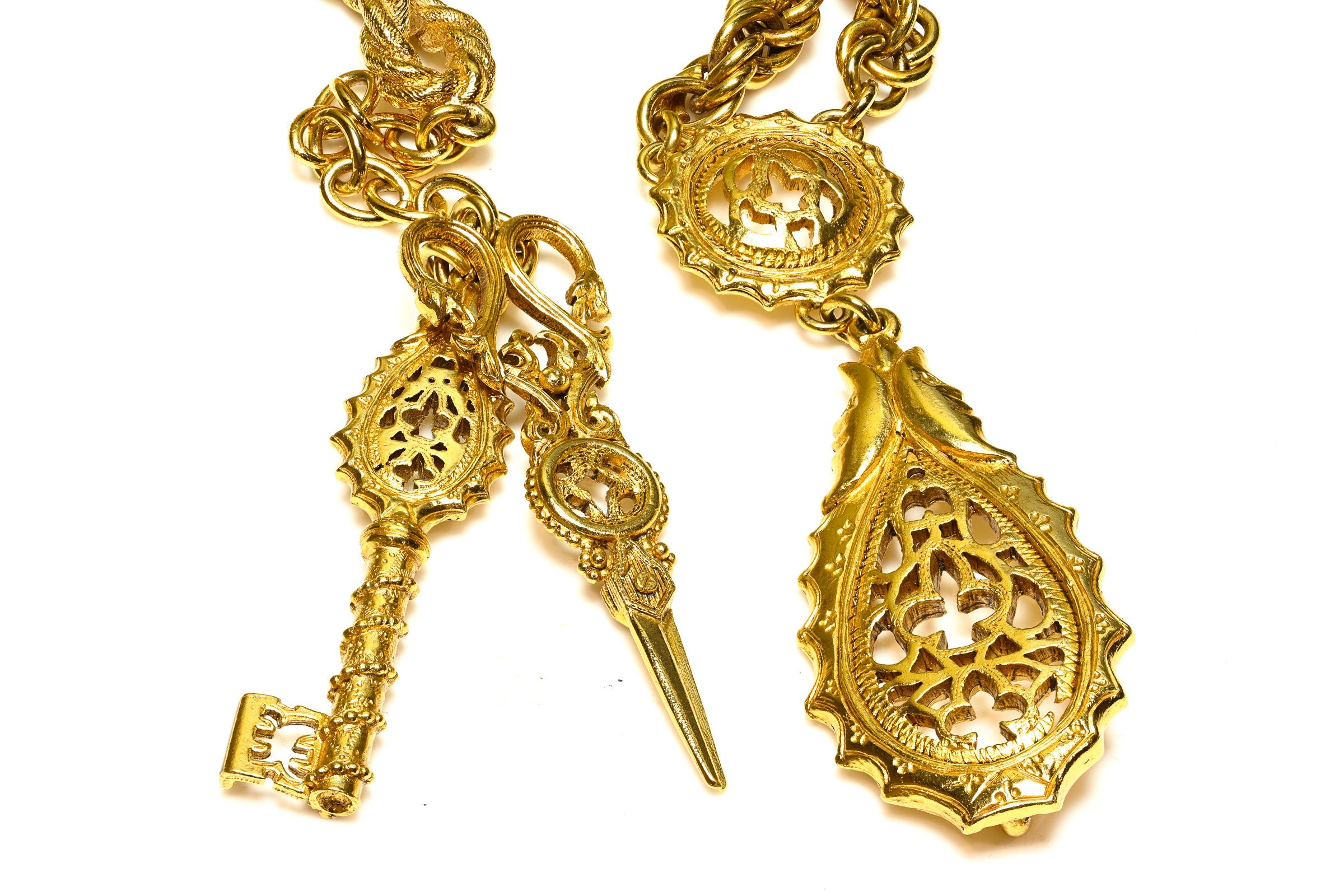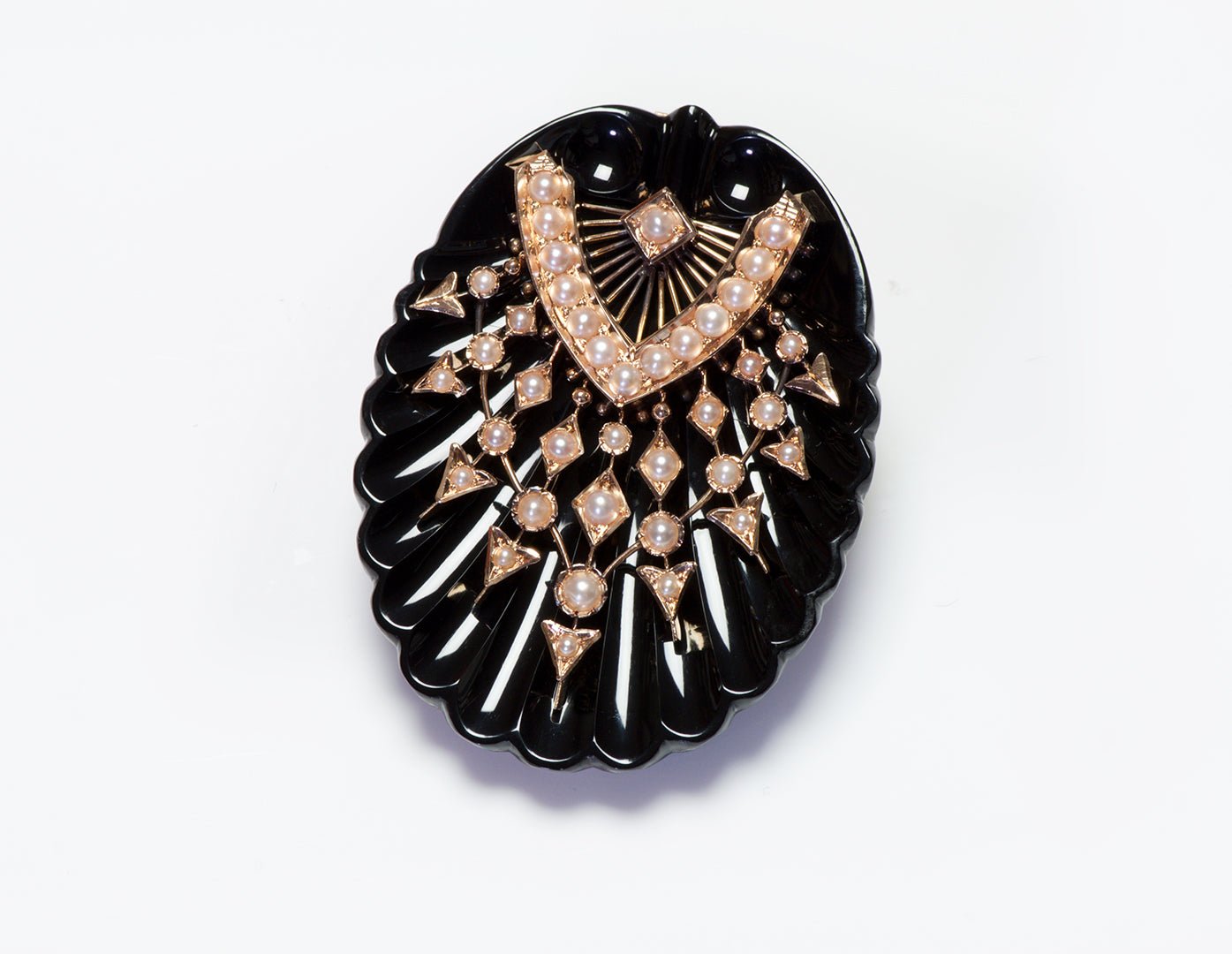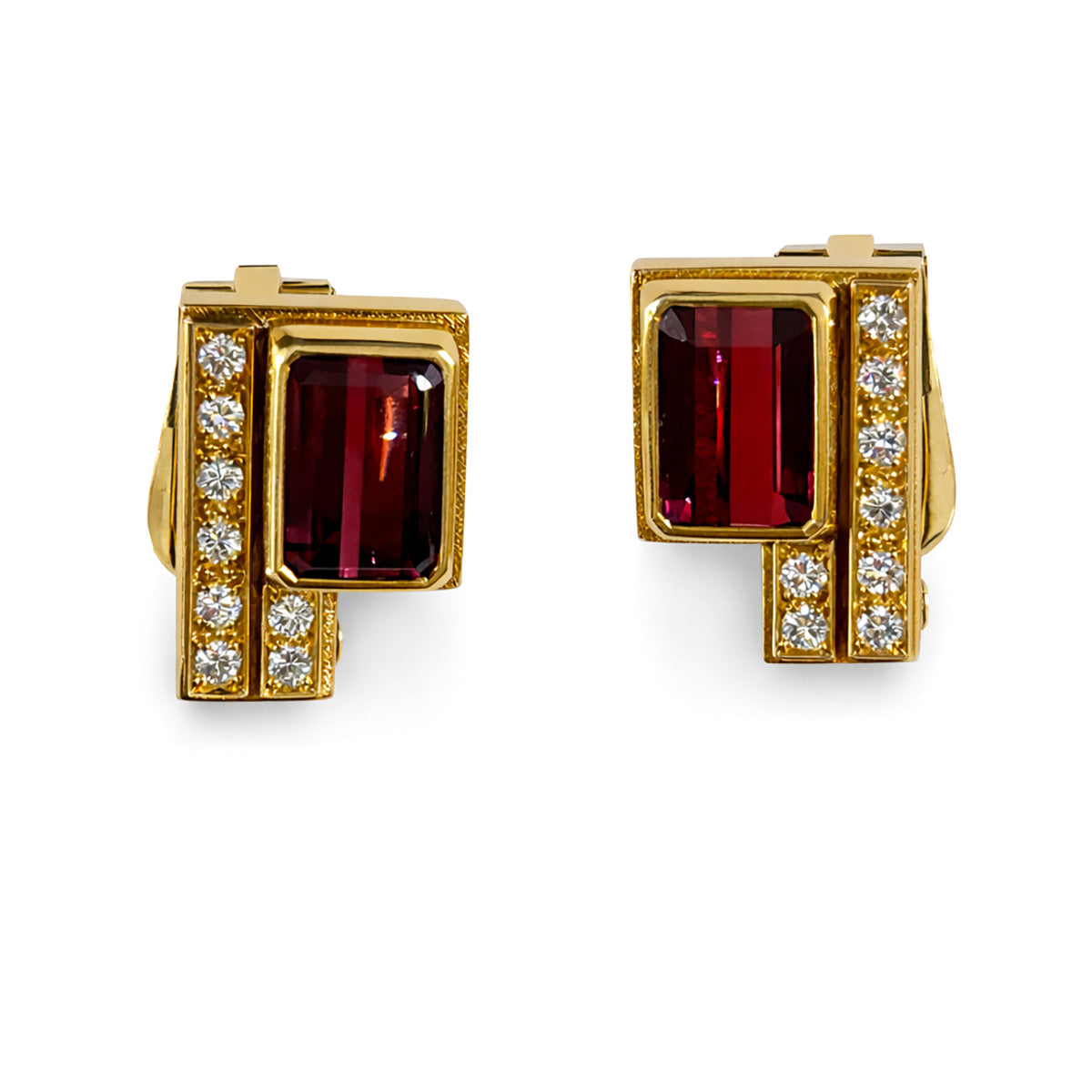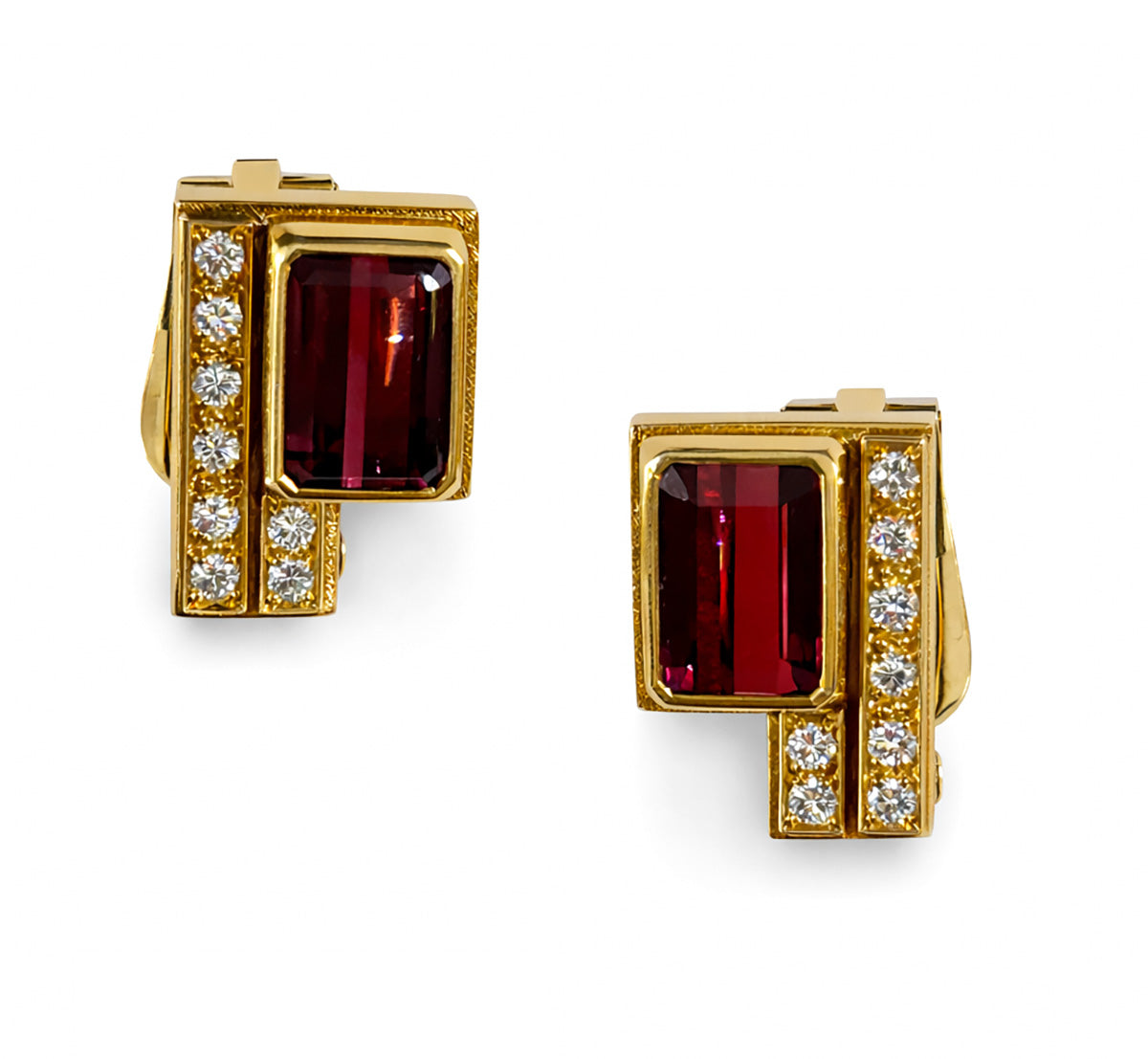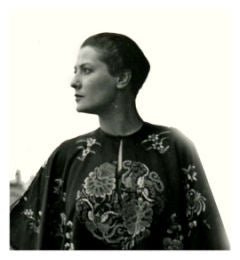
Legendary Women Who Revolutionized Jewelry Design
Among the world's most famous women jewelry designers who revolutionized the industry we find three important names.
These three legendary women - Paloma Picasso, Suzanne Belperron, and Margaret De Patta - had a great impact and redefined jewelry design.
Most of the time, when we align the notions of jewelry and femininity, the first impulse is to equate these precious accessories with the love that the fairer sex has for them. But on a closer inspection, we discover that among the famous jewelry designers there are women that have given new connotations to the shapes and the way a precious piece of jewelry carries its timeless message.
According to Luxury, the symbolism behind a piece of jewelry defines its complexity and value through the creativity of the ladies who have undeniably revolutionized the art of design in this fabulously competitive industry.
We invite you to discover the stories of three legendary women jewelry designers.
Paloma Picasso - The Star Designer Of Tiffany & Co.
The first thing that catches our eye is, of course, the jewelry designer's surname. Especially if you know Pablo Picasso's paintings. And yes, there is a close connection between the two personalities, even if their fields of activity are different. Paloma Picasso is Pablo Picasso's youngest daughter, but she deserves credit for creating her own identity.
Since 1980 he has been designing jewelry for Tiffany & Co. and her pieces have a contemporary, refreshing approach with feminine "pop" accents.
Paloma Picasso's jewelry is adapted to reality without losing its exclusive aura. One of her massive necklaces is on display at the Smithsonian, but many of Paloma Picasso's accessories are affordable and can easily become part of our jewelry collection.
Check out the unique jewelry pieces signed by the famous designer on DSF Antique Jewelry online shop.
Suzanne Belperron - The Inspiration Of Nature
The French artist Suzanne Belperron remains in the collective memory of jewelry design enthusiasts as an incredibly powerful figure, both because of her distinctive creativity and the ethical loyalty she showed to her patron, Bernard Herz.
Suzanne Belperron witnessed the Gestapo's harassment of him, being of Jewish origin. To save him during a raid, she swallowed the pages of the notebook on which Bernard Herz had written down various addresses and information.
The designer's ethic and moral character are also reflected in the area of jewelry design, with her work having a pure air, with an aesthetic inspired by Eastern European culture and nature in general. Saturated colors, wood, chalcedony, and 22-carat gold are the defining elements of Suzanne Belperron's jewelry.
Belperron's jewelry is bold, innovative, and sculptural. Her work was deeply influenced by her travels and by ancient civilizations, and she often incorporated motifs from African, Asian, and Celtic art into her pieces. She was also known for using non-traditional gemstones, such as smoky quartz, chalcedony, and citrine, in bold and unexpected ways.
Suzanne Belperron combined precious stones with unconventional materials that other Parisian jewelry houses would never have used. She mixed precious stones and natural pearls with semi-precious stones in the same piece of jewelry and had a habit of carving rock crystal and setting diamonds on it.
One of the techniques Suzanne Belperron used is the "Honeycomb Setting", in which she combined stones of different sizes to achieve a harmony of colors and a stunning visual effect. These gems were are supported by a hexagonal web of fine gold wires.
Suzanne Belperron's exceptional designs attracted an illustrious clientele, including royalty, aristocracy, and prominent figures from the worlds of art, fashion, and film. Her creations were highly sought after by the Duke and Duchess of Windsor, who appreciated her bold and modern aesthetic.
Fashion icons such as Elsa Schiaparelli and Diana Vreeland were devoted admirers, often pairing her unique pieces with haute couture ensembles. Hollywood stars like Merle Oberon and Gary Cooper also wore her jewelry, drawn to its elegance and innovative craftsmanship.
An interesting mystical element is that the artist never signed her work, reserving a mysterious and exclusive air, as a refined connoisseur of jewelry design recognizes at first glance the distinctive personality of Suzanne Belperron's pieces.
Belperron's influence extends to contemporary designers, with figures like Elsa Peretti and James de Givenchy citing her as a major inspiration for their approach to jewelry design
Margaret De Patta - A Powerful Designer
Margaret De Patta had a truly spectacular approach and was a powerful designer, part of the generation of mid-century American jewelers.
The strength of her style springs from a thoughtful approach to design that borrows techniques from sculpture and architecture to create pieces that transcend the shimmering vibrancy of jewelry entering into a world full of cryptic messages.
Influenced by the Bauhaus and the avant-garde movement, her jewelry forgoes sparkle in favor of a strong sculptural line, yet with an intangible gentleness. De Patta's works share a common element of crystal, rutilated quartz, and industrial-looking finishes.
The designer's passion for light as a living and fascinating element in a piece of jewelry is integrated into the anatomy of the pieces through the particular cuts of the stones, which allow the creation of extraordinarily interesting optical illusions.
Margaret De Patta's extremely peculiar approaches made her pay a predictable price. She failed to really gain recognition in her lifetime, her contemporaries being taken aback by her approach to jewelry making, and her work did not appear until decades later in private collections and art galleries, the pieces having a value that they sadly did not achieve in the artist's lifetime.
Cover Photo Credit: Archives Olivier Baroin, CC BY-SA 3.0, via Wikimedia Commons

